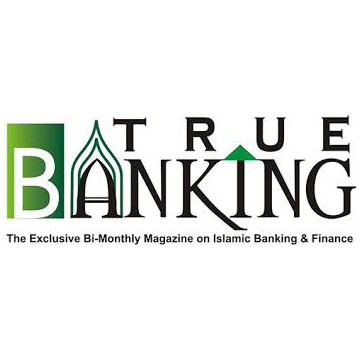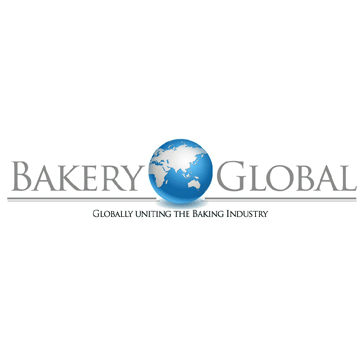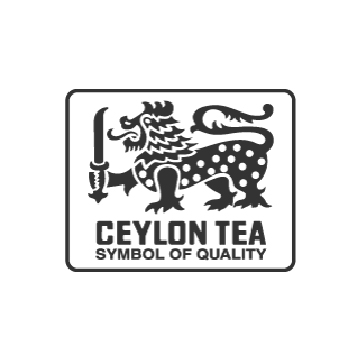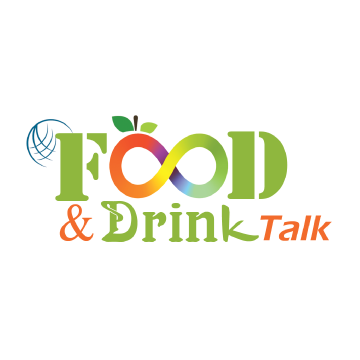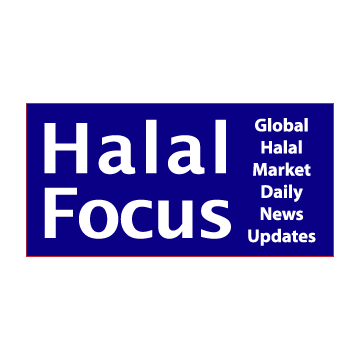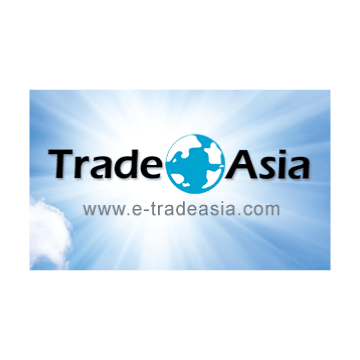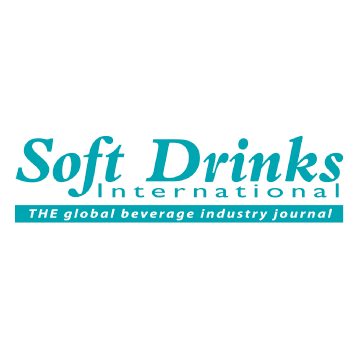GCC states’ prudent food security investments

|
Over the past three decades, the population of the Gulf Cooperation Council states has more than doubled, from 26 million in 1995 to 57 million in 2022. As the regional economy has transformed and diversified in recent years, a growing number of expatriates have emigrated to the Gulf to pursue a better future. While this population boom may bode well for the economy, it has forced both policymakers and entrepreneurs to think of food security in the region.
Population growth is not the only cause of concern for food supply in the GCC. The Gulf is heating twice as fast as the global average and climate change has forced the region to address desertification, water scarcity and loss of biodiversity. This comes in addition to its characteristic challenges of scarce arable land and limited water resources, which limit its ability to produce food.
With agricultural production thus handicapped, the region has relied heavily on the import of food products. About 85 percent of the food in the GCC states is imported, including 90 percent of cereals and nearly 100 percent of rice. This dependency has made the regional food supply chain vulnerable to disruptions in the face of geopolitical conflicts and climate change.
The Gulf states have tackled food insecurity head-on and, despite their geographical challenges, they consistently rank among the world’s top nations in terms of food security. According to the 2022 Global Food Security Index, the UAE ranks 23rd, Qatar 30th, Oman 35th, Bahrain 38th, Saudi Arabia 41st and Kuwait 50th, making them leaders in the Arab region. The GCC states are actively investing in agricultural technologies, the diversification of food sources and the enhancement of regional cooperation to reduce reliance on food imports.
The countries in the region have all prioritized food security in their national visions and programs.
Beyond the necessity of ensuring food supply, efforts to enhance local food production have also incentivized entrepreneurship in the region.
Local entrepreneurs are also unleashing their creative potential in the food technology sector. Camelicious, a UAE-based first-of-its-kind camel milk production company, has commercialized camel milk and dairy products to meet local and international needs. Various regional companies are also investing in greenhouse technologies for better crop yields, desalinated seawater for efficient irrigation, and the use of artificial intelligence and robotics for agriculture.
In a decade in which the Gulf’s shift to an independent and strategic foreign policy is palpable, improving local food production is part of the region’s efforts to be self-sufficient in meeting the needs of its population. In the last five years, the international community has faced a pandemic, various regional conflicts and rising inflation, all of which threaten the global supply chain. At such a time, the Gulf states recognize the need to invest smartly and actively in local agricultural capabilities. As famed Spanish-American restaurateur Jose Andres has noted, “food is national security, food is economy, it is employment, energy, history. Food is everything.”
Source: Arab News |
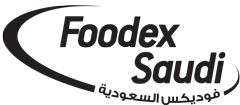
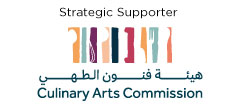

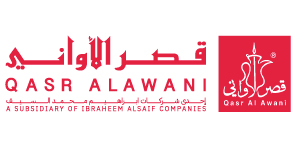
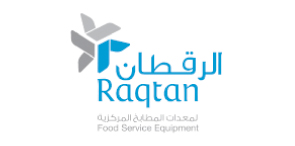

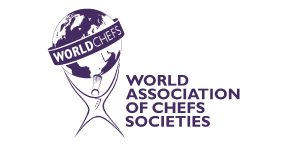
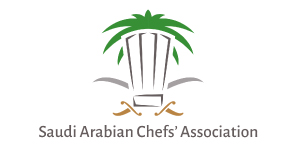

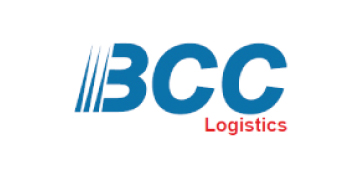

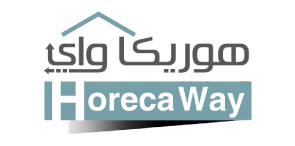
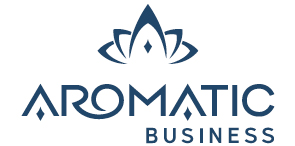

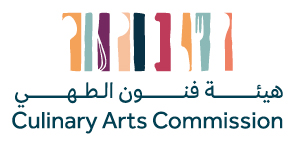


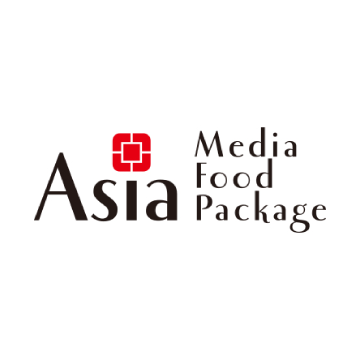

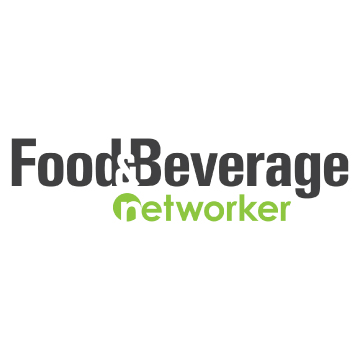
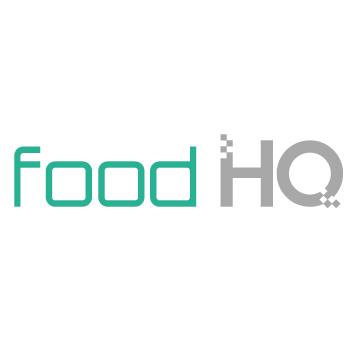
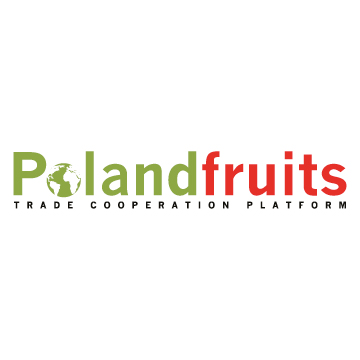

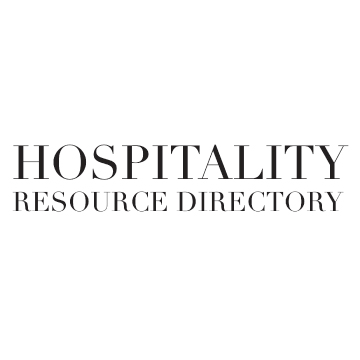

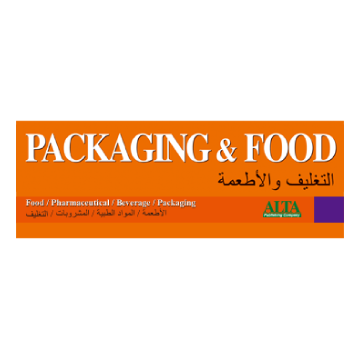

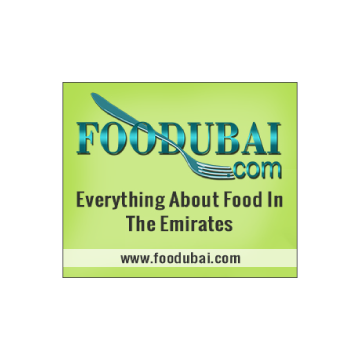

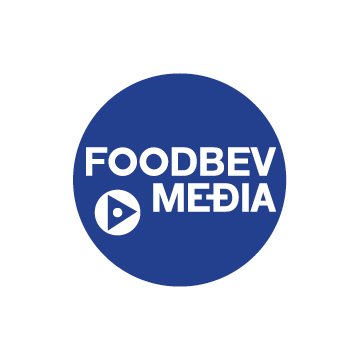


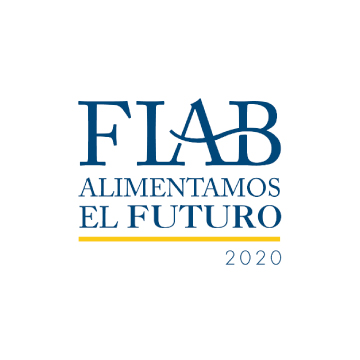

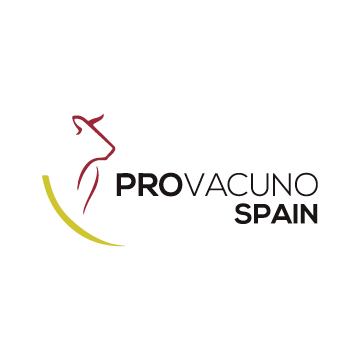

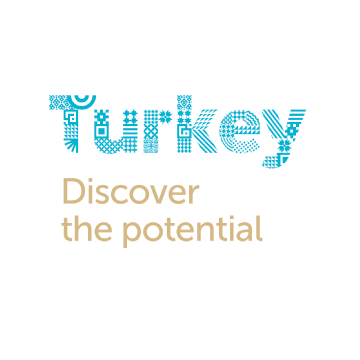

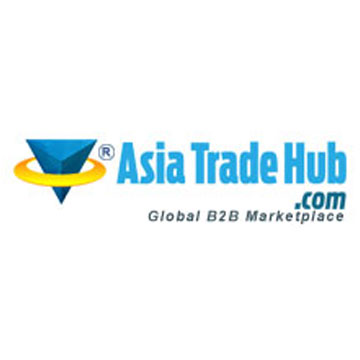
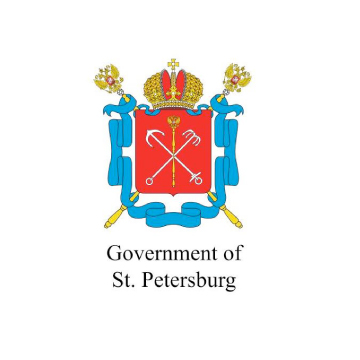
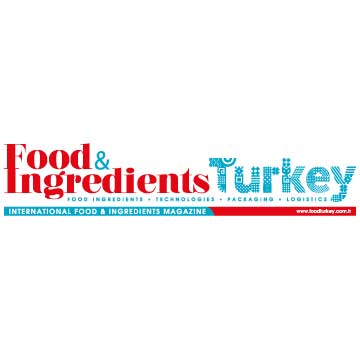
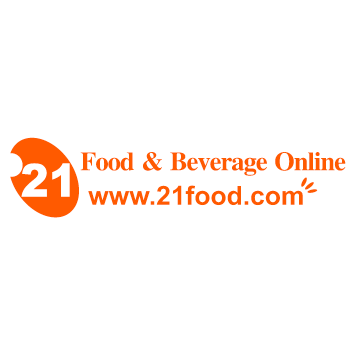

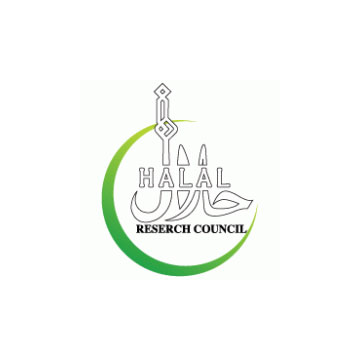
.jpg)
